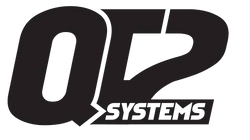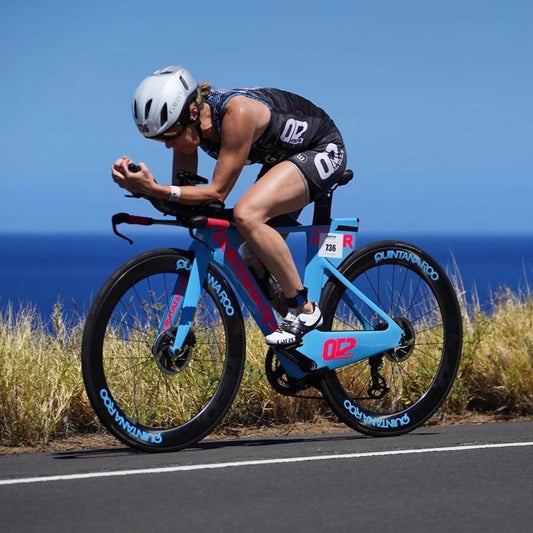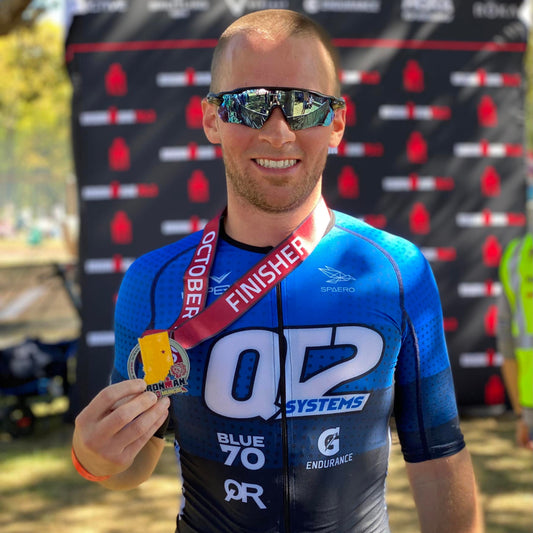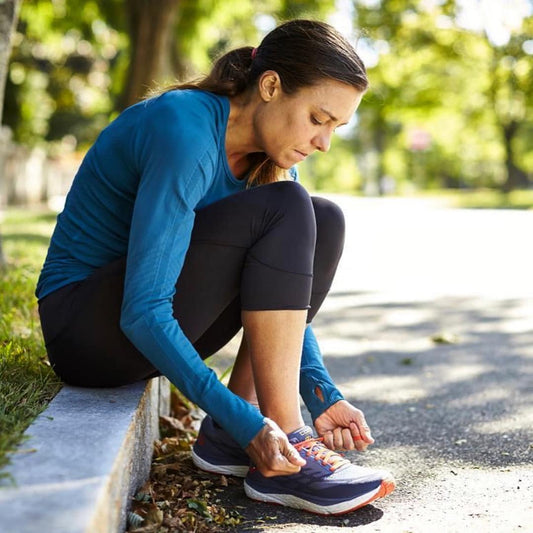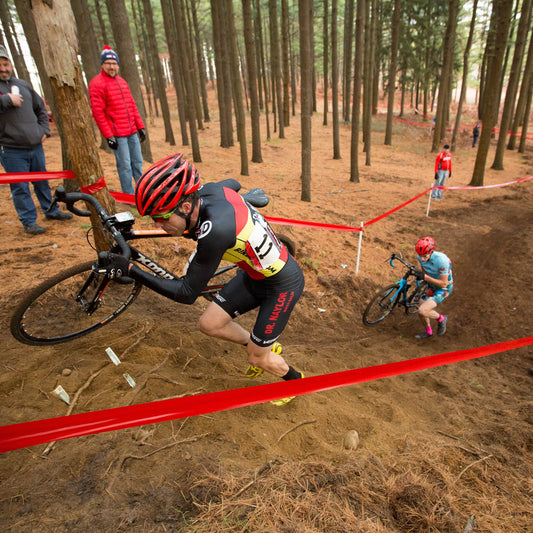This article was written by Zach Nehr, and posted on the Triathlete website, HERE.
You may have seen torque on your cycling computer and skipped right by this critical effort measurement. We look at why and how torque can take your bike training to the next level.
Power, heart rate, and coefficient of drag (or CdA) are just a few of the biggest buzzwords in triathlon. Each word strongly correlates with your speed or effort on the bike. With all else equal, the higher your power, the faster you’ll go. CdA is the opposite – the lower your CdA, the smaller the hole you punch in the air, and the faster you will go on the bike. Heart rate simply measures your cardiac effort. But what about torque?
Torque is the forgotten data metric of cycling. While power and watts grab all the headlines, torque simply exists in the background. But knowing, understanding, and training your torque could greatly affect your cycling performance. In fact, you’re already training with torque, you just haven’t realized it.
What is torque?
Torque is a measurement of the rotational force generated by the legs and applied to the pedals during each pedal stroke. How is this different from the king of cycling data metrics known as power?
Power is calculated by multiplying torque and cadence, so you’re measuring your torque already, it’s just hidden in your power and cadence data. That’s good news since you won’t need to buy a new data measurement device in order to measure your torque – if you have a power meter, your torque data is already there. You’ve probably seen the data field and not known what to do with it.
Torque is measured in Newton meters (Nm) and can be found in the data metrics of almost all power meters and head units.
Why torque is useful to triathletes
Torque is a crucial metric for triathletes because if you can improve your torque, you can improve your power at the same cadence. A 2022 study detailed the predictiveness of torque and cycling performance, saying that more successful cyclists displayed significantly higher torque values across the board, from 5-second sprints to 60-minute efforts.
Most riders have a preferred cadence, somewhere in the 80-90 rpm range, which doesn’t change much regardless of power output. In other words, your cadence on a 100w recovery ride is probably the same cadence you’re pushing during hard 300w intervals.
The biggest benefit of torque training is that these sessions help develop and strengthen the neuromuscular pathways between the brain and the muscles. It is the same way that strength training can help improve cycling performance and enhance muscular contraction.
Torque workouts are typically done at low cadences (around 60 rpm for beginners, and 40 rpm for experienced athletes). Think back to the power equation: torque times cadence equals power. When cadence is lowered, torque is increased. And that’s why torque training intervals are done at a low cadence.
When to use torque in your workouts
The goals of torque training workouts are:
- Increase your power output at threshold;
- Increase your torque value with a lower rate of perceived exertion (RPE); and
- Increase your power output at a low cadence.
You should use torque during your tempo- and threshold-focused interval sessions, some examples of which we’ll see below. Typical torque training sessions are high-intensity workouts you need to prepare for and recover from, just like any other high-intensity session, so you should never do torque sessions two days in a row.
Another benefit of torque training is that it helps you increase your power output at a low cadence, which could occur on a steep climb. We’ve all been there before, mashing 50 rpm up a 15% gradient. But if you improve your torque in training, you will be confident that you can maintain a high power output at a very low cadence.
Torque doesn’t need to be used during recovery rides or endurance rides. During those rides, it is better to focus on your power, heart rate, and RPE.
3 torque workouts for triathletes
These torque training sessions cover the spectrum from complete beginner to experienced triathlete. During torque workouts, focus on maintaining your form on the bike, from your ankles to your hips, and from your core to your neck and shoulders.
If you experience knee or back pain during a torque training session, try increasing your cadence by 10 rpm. And if you’re still experiencing joint pain, return to your normal cycling cadence.
Try these sessions once or twice a week, and watch your torque steadily increase over time.
Beginner: 4x4min tempo torque intervals (55-60 rpm)
This session is the best way to start training your torque: It’s short and sweet, and the intensity isn’t super high. Practice your form during these low-cadence intervals, and focus on maintaining a steady power output across all four intervals.
Warm-up:
10-15 minutes of easy spinning (45-55% FTP)
Main Set:
4 sets of 4 minutes at Tempo (80% FTP) at 55-60 rpm
4 minutes rest in between sets
Cooldown:
5-10 minutes of easy spinning (45-55% FTP)
Intermediate: 4x8min threshold torque intervals (45-50 rpm)
The intermediate session is a solid step up in intensity, as you are now learning to work on your torque during race-pace intervals. These sessions are vital when preparing for hilly races when you might be pushing threshold up a steep gradient.
Warm-up:
10-15 minutes of easy spinning (45-55% FTP)
Main Set:
4 sets of 8 minutes at Threshold (95% FTP) at 45-50 rpm
4 minutes rest in between sets
Cooldown:
5-10 minutes of easy spinning (45-55% FTP)
Advanced: 4x10min threshold torque intervals with 30” sprints every 2’ (35-40 rpm)
The advanced session is designed for experienced triathletes wanting to take their performance to the next level. Each sprint has a two-fold effect: The super high-intensity stimulates VO2 max adaptations, while the post-sprint torque interval teaches your body to clear lactate at a high workload.
Warm-up:
10-15 minutes of easy spinning (45-55% FTP)
Main Set:
4 sets of 10 minutes at Threshold (95% FTP) at 35-40 rpm with a 30” sprint (~150-180% FTP) every 2 minutes
4 minutes rest in between sets
Cooldown:
5-10 minutes of easy spinning (45-55% FTP)
